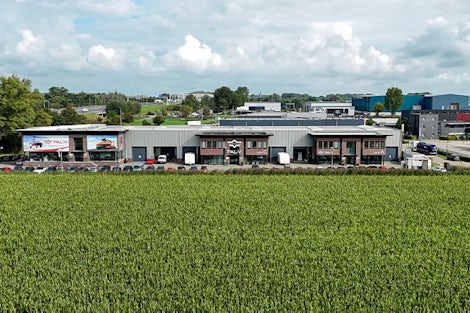
The Liberty
The Liberty enables the use of a user-friendly , personal aircraft for daily medium and long-distance commutes. Starting from home, users could drive to one of the world's 40,000+ airstrips, convert the vehicle in a matter of minutes, and fly to wherever they want to go.
2 persons
Capacity
1315 km (817 mi)
Range
160 km/h (100 mp/h)
Max speed
Flying the Liberty couldn’t be easier. As a Gyroplane the PAL-V enables you to fly safely and relaxed to your destination. Simply enjoy the view, it really is that easy.
5 min
Transformation fly-drive
400-500 km (250-310 mi)
Range
11,000 feet
Max altitude
Range Map
With a range of 500km, you can reach almost anywhere you want to go. Want to go further? Just fuel up and go another 500km!
500 km 1000 km with one refuel stop
Elevate your life in the world's first flying car
PAL-V Liberty Sport Edition
By combining driving and flying in a vehicle, the PAL-V Liberty Sport becomes your means of transportation for a one-of-a-kind adventure.
If you're interested in being the owner of this revolutionary vehicle, let's get in touch.
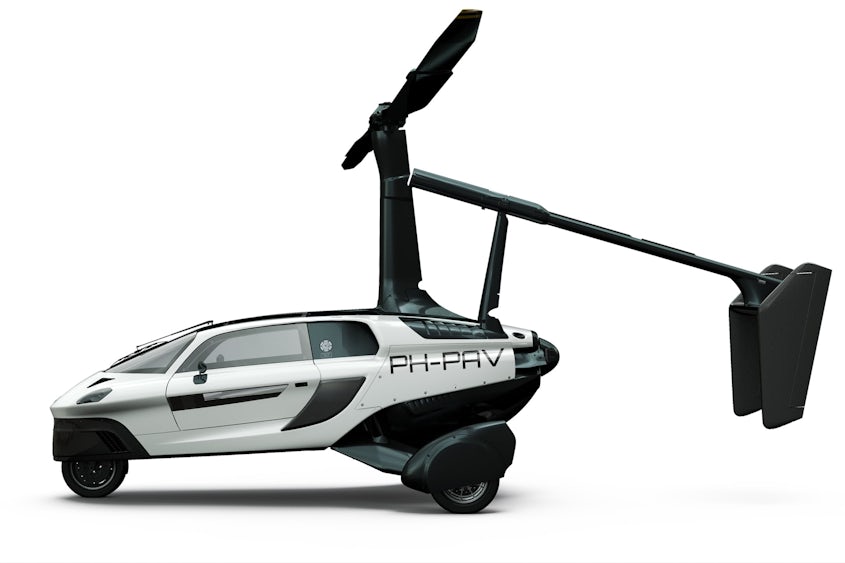
PAL-V Liberty Pioneer Edition (01/90)
The PAL-V Liberty Pioneer Edition comes 'full option', including a unique interior and exterior finishing. It has a level of personalization reserved for Pioneer Edition owners only. The worldwide number is limited to only 90 vehicles for delivery in European and North American countries.
If you're interested in being one of the first 90 owners of this revolutionary vehicle, let's get in touch.
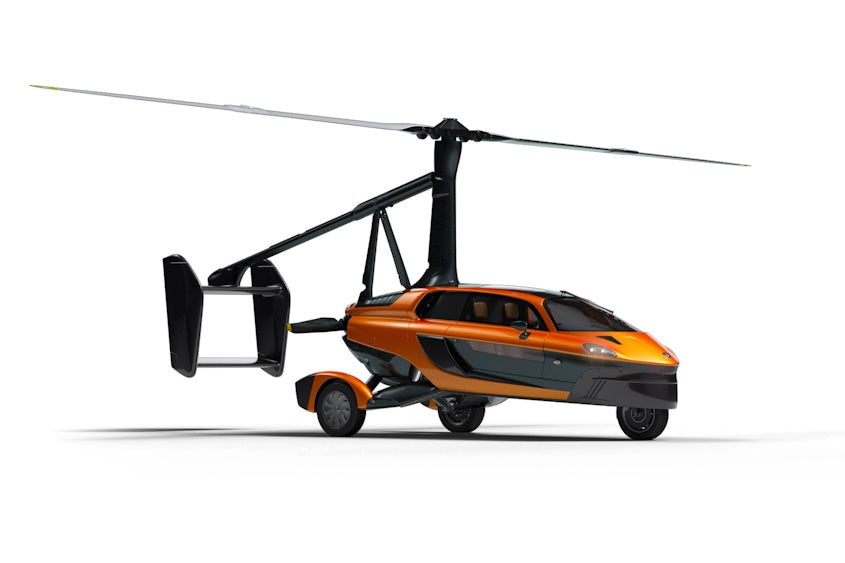

Let's personalize Liberty
Specifications and features
Safety
The PAL-V Liberty is a gyroplane, one of the easiest and above all, safest ways to fly. At PAL-V, we designed the Liberty to comply with the highest aviation standards in the world. On top of that, the gyroplane offers a low barrier to entry for non-pilots to enter the world of aviation.
Anyone can now become a pilotTechnology
At PAL-V, we aim for excellence. Therefore, we only use established, state-of-the-art technology in our flight components. We have partnered with some of the leading manufacturers in the world to guarantee a flying car that meets the highest aviation standards.
Our partners
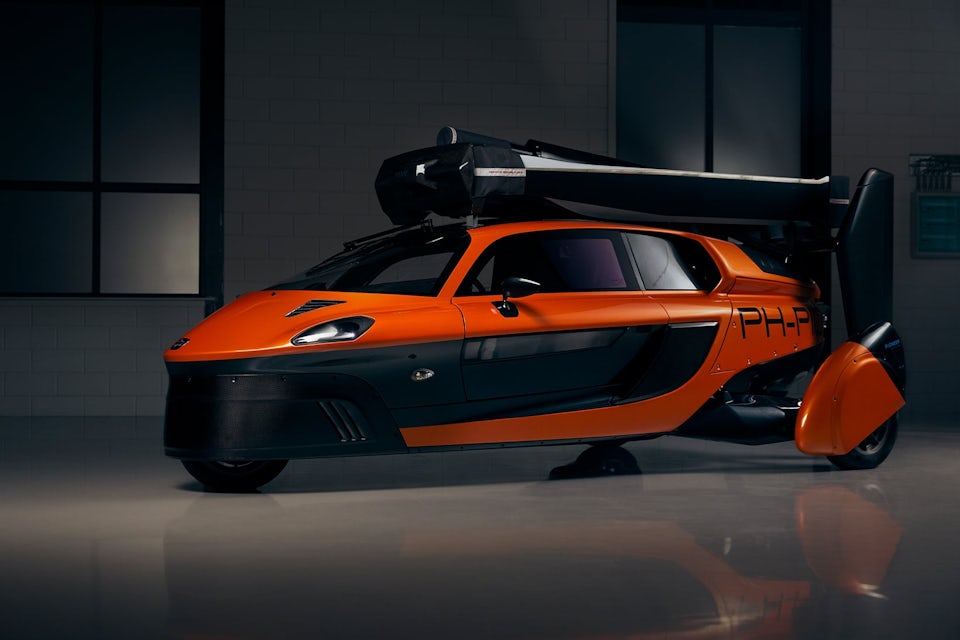
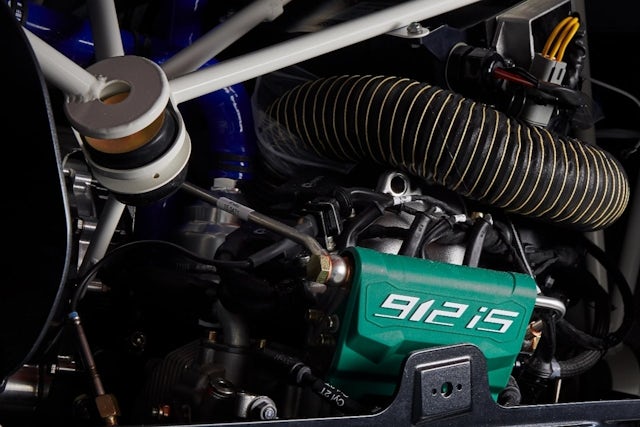

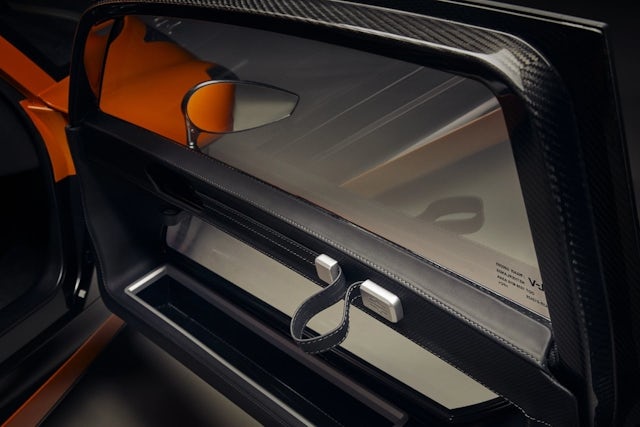
Technical specifications
2 persons
910 kg (mass empty 664 kg)
80 l
Drive mode
160 km/h
<9 seconds (0-100 km/h)
7.6 l/100 km
Flight mode
180 km/h
180 m
200 hp
11,000 feet
400-500 km (with ½ hour reserve fuel, depending on single or dual person operation)
4.3 hours (with ½ hour reserve fuel, MTOW)
** Mean Sea Level
Show me the full specifications



